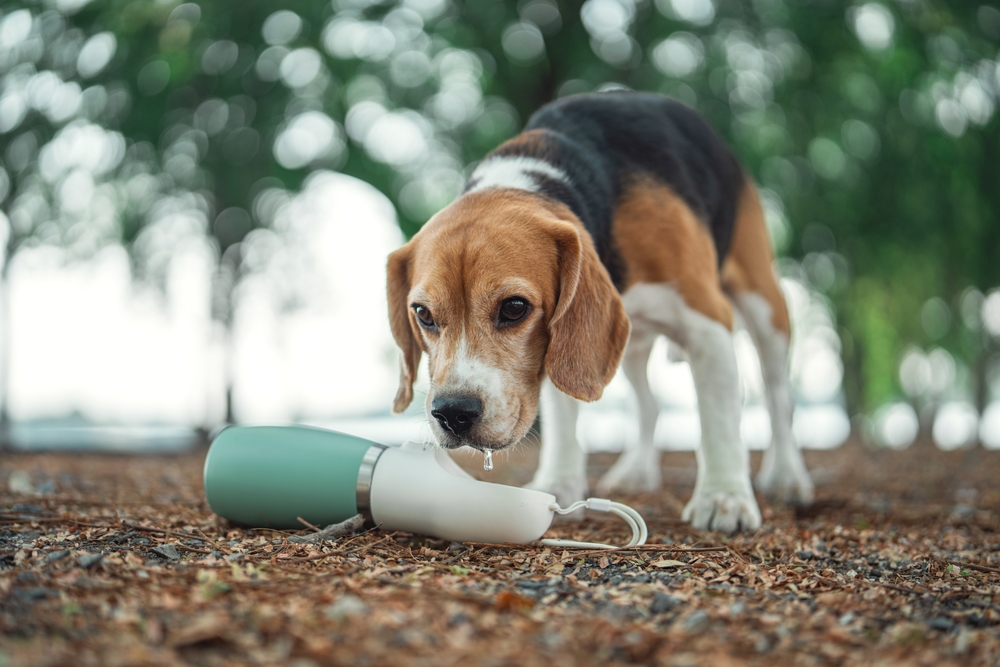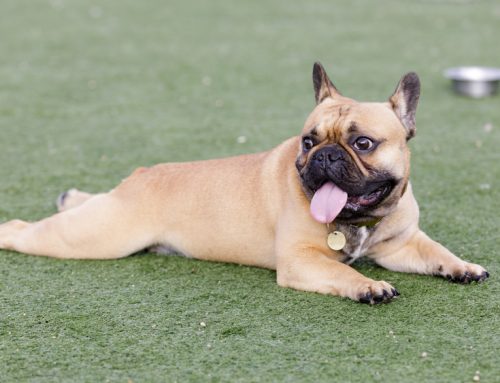Your dog needs regular exercise to stay happy, healthy, and well-behaved. However, the type and amount vary depending on many factors such as your pup’s age, breed, size, and health status. Our Companion Care Animal Clinic team wants you to enjoy exercising with your pet, and we explain how to tailor your dog’s workout to meet their needs.
Factors to consider when devising a workout plan for your dog
Your dog is special and unique, and they need a workout plan devised specifically for them. Factors to consider include:
- Age — Your pet’s age is an important factor when devising an exercise program. Consider the following:
- Puppies — Puppies have a lot of energy, but they should not engage in extremely strenuous activities that could harm their developing joints and bones. Short, frequent sessions are ideal.
- Adult dogs — Adult dogs usually require vigorous exercise such as running, hiking, or playing fetch.
- Senior citizens — Senior dogs may have mobility problems or reduced stamina, necessitating gentle activities such as leisurely walks or swimming, which are easy on the joints.
- Breed — Different breeds have different exercise requirements. For example, high-energy breeds, such as border collies and Labrador retrievers, need intense, prolonged play sessions as compared with low-energy breeds such as basset hounds. Working and herding breeds typically require a lot of physical activity and mental stimulation, while toy breeds may prefer short play sessions and walks. Flat-faced (i.e., brachycephalic) breeds, such as pugs and bulldogs, are prone to respiratory problems and overheating, and they should not be overworked or exercised in hot, humid conditions.
- Weight — Overweight dogs should start with low-impact activities, with the intensity level gradually increasing as their fitness level improves, preventing strain on their joints and heart.
- Health status — Dogs with health issues, such as arthritis or heart conditions, may have exercise restrictions. Consult our veterinary team to determine the safest activities for your dog’s specific health needs.
Exercise options for dogs
Walking is suitable for most dogs to help maintain a healthy weight and strengthen your bond with them. You can adjust the length and pace of walks according to your four-legged friend’s breed, age, and health. Other exercise options include:
- Fetch — Fetch is a great way to expend your dog’s energy without requiring much physical exertion on your part. Play in a safe, enclosed area.
- Tug-of-war — This high-energy game provides physical exercise and stimulates your dog’s natural instincts. Use durable toys to help prevent a foreign body ingestion.
- Running and hiking — Suitable for high-energy and athletic breeds, these activities can help burn off your dog’s excess energy and increase their endurance. Ensure your canine companion is properly trained to follow commands and always abide by trail rules.
- Swimming — This low-impact activity is ideal for dogs with joint issues, providing a full body workout without straining their joints. Always supervise your dog while swimming and outfit them in a doggy life jacket if needed.
- Dog sports — Dog sports, such as agility training, lure coursing, flyball, and rally, are great ways to exercise your high-energy dog and also help keep them mentally stimulated.
- Treadmill — Canine treadmills are a good option for high-energy dogs and for situations where you want to gradually increase your dog’s fitness level. Working on a treadmill helps improve your dog’s endurance without relying on the weather.
Monitoring your dog during exercise

Monitor your dog’s progress once you start an exercise program. Consider the following:
- Hyperactivity — If your dog is hyperactive or exhibits destructive behavior, they may need extra exercise to stay mentally stimulated.
- Lethargy — Conversely, if your dog seems extremely tired or lethargic after exercise, the workout may be too strenuous.
- Overheating — Watch your dog for overheating signs such as excessive panting, frequent stopping, drooling, and red mucous membranes. If your dog exhibits any of these signs, stop exercising them immediately, move them to a cool, well-ventilated area, and offer them water.
- Hydration — When exercising, take frequent breaks and offer your dog fresh water. When on outings, pack water and a water bowl so you can easily offer your dog a drink.
By providing the right type and amount of physical and mental stimulation for your dog, you can help them remain happy, healthy, and well-adjusted. Contact our Companion Care Animal Clinic team to schedule a wellness exam before starting your canine friend’s exercise routine so we can recommend the workout that is best for their specific needs.







Leave A Comment